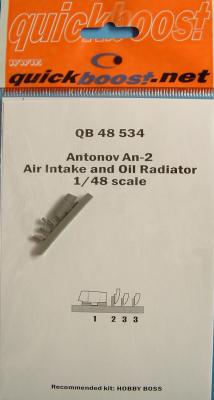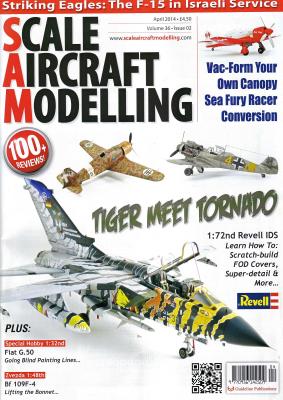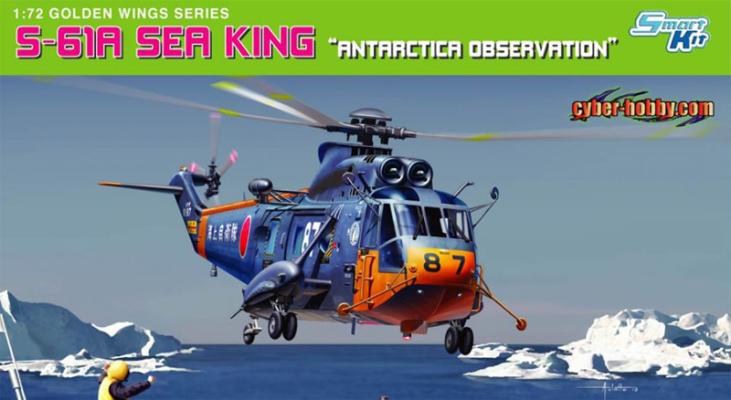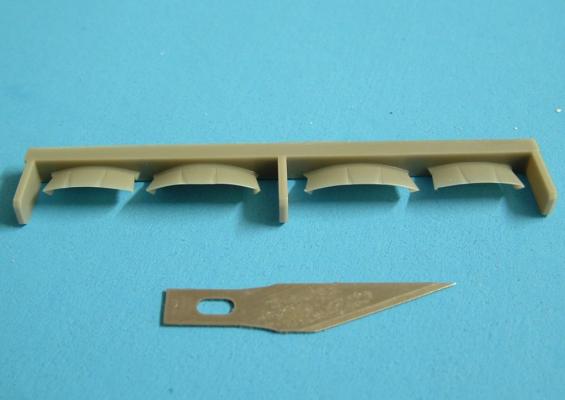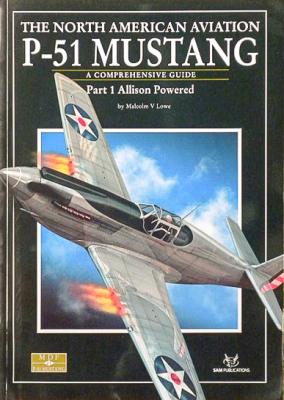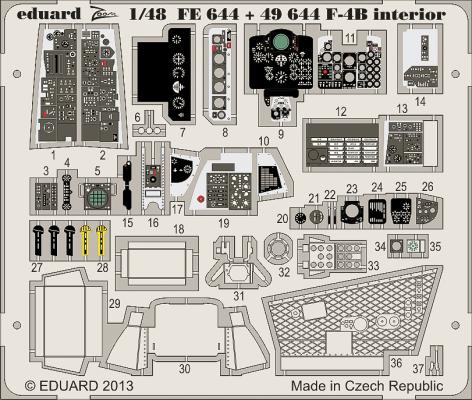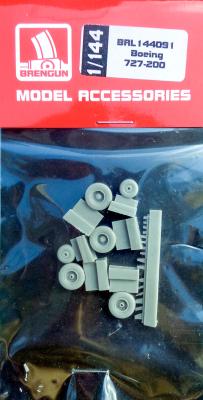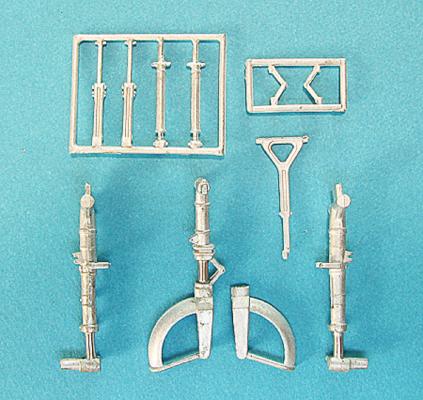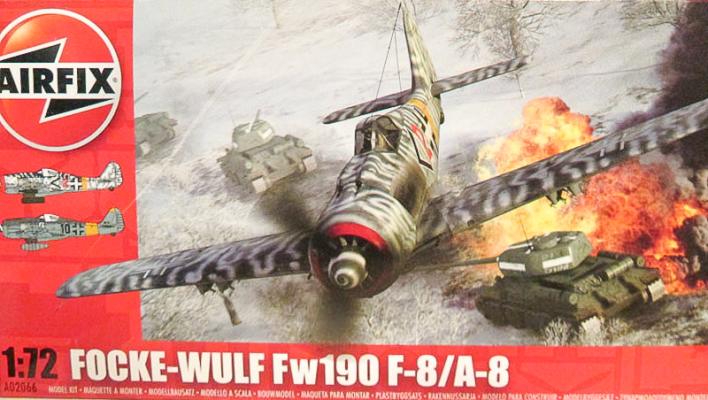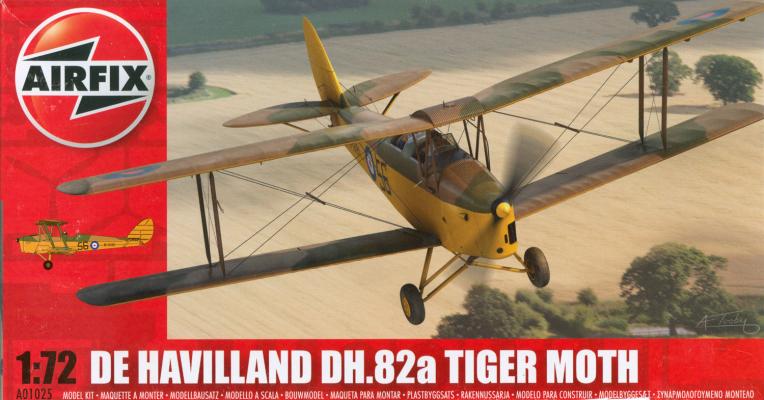The AN-2 “"Annushka" (NATO designation “Colt”) is a throwback from a very earlier age as a biplane STOVL cargo aircraft. Hobby Boss makes a nice replica of this plane which captures it rugged appearance.
Each issue of Scale Aircraft Modeling follows a basic design and format. There are usually two Feature Articles, an Aviation in Profile piece, industry news and a series of Compact Build Reviews.
The Feature articles for this issue covers a build of 1/72 Revell Tornado IDS build in Tigermeet markings and a 1/32 Special Hobby Fiat G.50. The Tornado build is by Pierre Baldru and covers the construction and painting of this colorful kit. He modifies the kit with Aires Wheel Wells, Master pitot tube, Verlinden seats and Eduard RBF tags. The kit is then finished with a remarkable German Tigermeet scheme with the entire plane striped. It looks fantastic
The other Feature article from James Ashton and covers building the 1/32 Special Hobby Fiat G.50. No aftermarket is used and concentration is put on the mottled camouflage screen and perfect subtle weathering using oils.
Previously, Cyber-Hobby released a 1/72 scale plastic kit of the American-designed Sikorsky SH-3D Sea King helicopter. At first, this twin-engine SH-3 Sea King was used primarily for anti-submarine warfare (ASW) by the US Navy. Many other nations adopted the Sea King design, including Japan, where it was license-produced by Mitsubishi. The Japan Maritime Self-Defense Force (JMSDF) widely used the Sea King as an ASW platform. Some 18 S-61A Sea Kings were used in search-and-rescue (SAR) roles too. Sometimes these were deployed to Antarctica aboard naval icebreakers. Japan maintains stations in Antarctica, and the JMSDF is responsible for Japan's Antarctica Observation activities.
Cyber-Hobby is providing a kit of an S-61A in Antarctica Observation service with the JMSDF. With the provided Cartograf decal markings and a suitable paint scheme, this S-61A variant of the Sea King could be ready for action in the frigid climes of Antarctica.
The AN-2 “"Annushka" (NATO designation “Colt”) is a throwback from a very earlier age as a rugged biplane used in a STOVL role. The Hobby Boss kit is a nice replica of this plane, yet there are some details that require improvement. Hobby boss provides the option of having the cowl flaps open or closed. Quickboost offers a set of replacement cowling flaps in the open position which are much thinner and have slightly more detail; they are intended to replace kit parts – E49, E50, E53 and E54.
These parts are not quite a drop in fit and required me to clean up the opening in the cowl where the flaps fit; this is due to the accurately molded side pieces of the flaps. The cowl openings are tapered and needed to be squared in thickness to allow the flaps to fit. I ended up enlarging the opening in the longest dimension to achieve a good fit. I used gap filling CA to glue the flaps in position, the slow set allowing me time to work the flaps into the desired angle.
Modellers Datafile #21 might arguably be considered the most complete reference book available for anyone intending to build a model of an early version of one of the best-known fighters of World War II, the North American P-51 Mustang. Later versions of the P-51, equipped with the Packard built Merlin 60 series engine, possessed excellent range and maneuverability that contributed to Mustangs being known primarily as a long-range escort fighters and ground attack fighter-bombers in nearly every combat zone during WWII (and later serving in that role in the Korean War). However, the early version of the Mustang, as originally designed, was built around the Allison V-170 engine, which had limited high-altitude performance that resulted in a different primary role for this iconic fighter. Originally known as the RAF’s Mustang Mk.1, it was initially flown operationally as a tactical-reconnaissance aircraft and fighter-bomber.
Eduard has released this set of photoetch to enhance the new Academy F-4B in the cockpit and canopy areas. The set contains one fret of brass that details the canopies, canopy sills and areas around the canopies. A second colored fret details the instrument panels and interior of the cockpit and is of the self-adhesive type.
The set has excellent instructions. To use the preprinted side panels you will have to sand the kit panels smooth. The same process is done for the rear instrument panel. The front instrument panel is all photoetch and does require some bends. The sidewalls in the kit are very nice, and the replacements are very nice also. This, to me, is a modeler’s choice as both options are great.
The highlight of these photoetch interiors are the instrument panels. They are multi-part affairs that give depth and create great looking instruments. These were flat coated and then small drops of clear were added for the glass.
Thanks to Hauler-Brengun for providing this item for review and thanks to IPMS/USA for allowing me to review it.
What started out as an airliner with a market forecast of 250 units ended up being one of the best-selling and most popular airliners in the world. The Boeing 727 entered service in 1964 and the last 727 was completed in 1984. During that time 1,832 727s were built. It was very popular with both domestic and foreign airlines alike because of its range, short runway capabilities, and versatility. It could carry up to 189 passenger. One of its passengers made the 727 an unforgettable piece of American history. A man dubbed “D. B. Cooper” jumped from a Northwestern 727 with $200,000 in ransom, and into the history books as well as oblivion.
Scale Aircraft Conversions’ 1/48 Gloster Javelin landing gear set is a full replacement in white metal for both main gear legs and the nose gear. In many cases SAC will assemble some of the kit parts prior to casting; however, in this case they have cast the parts individually. Additionally, they have also cleaned up the gear and filled the sinkholes that were present on the original plastic parts.
The main gear consists of four parts for each side: a main gear leg, two retraction arms and compression scissors. The nose gear consists of the gear leg with one side wheel-cover, the opposite side wheel-cover and a retraction arm.
Detail is crisper on the metal gear than on the kit’s plastic parts. The replacement parts are a drop fit with no issues what so ever. The replacement for kit part G21 needs to be threaded through an opening in the existing kit parts, but if you take your time and do this carefully you should have no problems.
This is my first review for IPMS, and it involves one of my favorite kit manufacturers, Airfix. Like many folks my age, I built Airfix kits as a youngster and have been impressed with the quality of newly tooled kits they are currently releasing. To begin, I love the box art for this kit. It shows an action scene with the plane flying over some Russian tanks, but more importantly it provides reference material for painting the scheme shown on the box, which is the scheme I chose to paint on the model.
History
Sir Geoffrey DeHavilland began designing airplanes before World War I, and although his first effort, the No. 1 Biplane of 1909, crashed on its first flight, his subsequent designs all made up for his initial failure, and he went on to become one of the world’s foremost aircraft designers. His most famous product during World War I, the Airco DH-4 and later variants, became a mainstay in both military and civil aviation after the war, and by the mid twenties, his new company, DeHavilland Aircraft, was producing substantial numbers of the DH-60 Moth, a light biplane designed for training and touring. This was an open cockpit tandem type powered by a variety of engines, some designed in DeHavilland’s shops, and it served to establish DeHavilland’s reputation for producing light, economical, safe, and efficient training airplanes for civil use.

